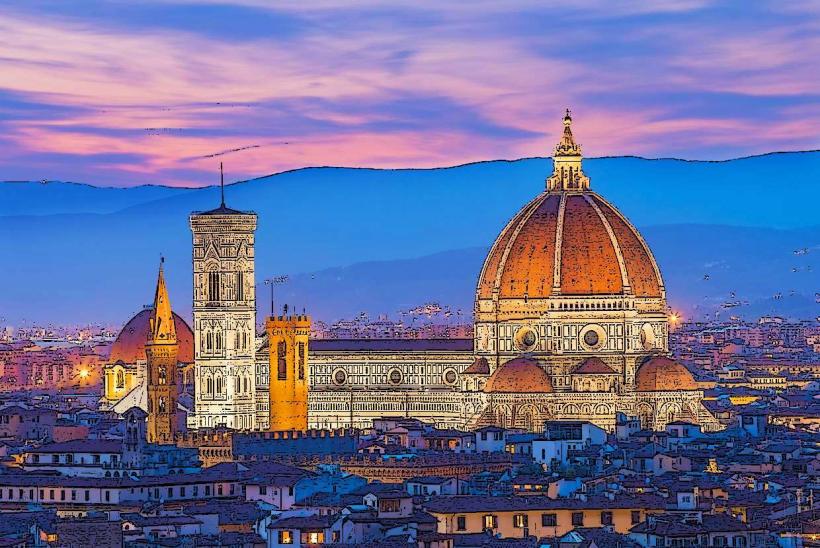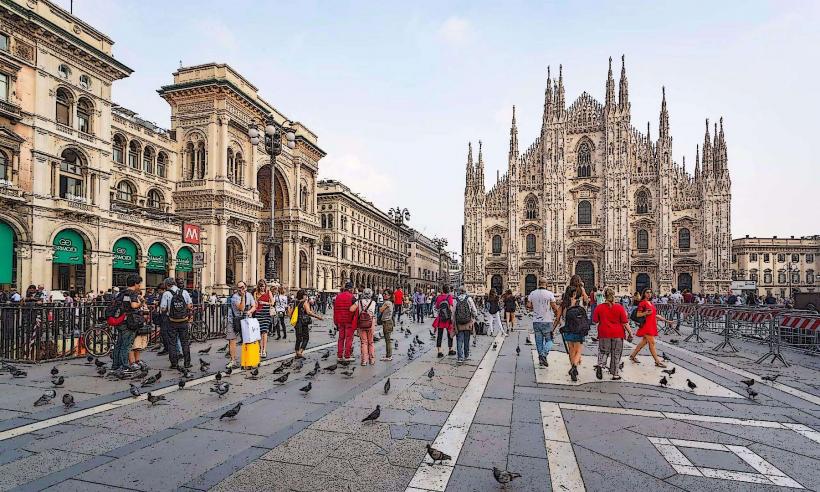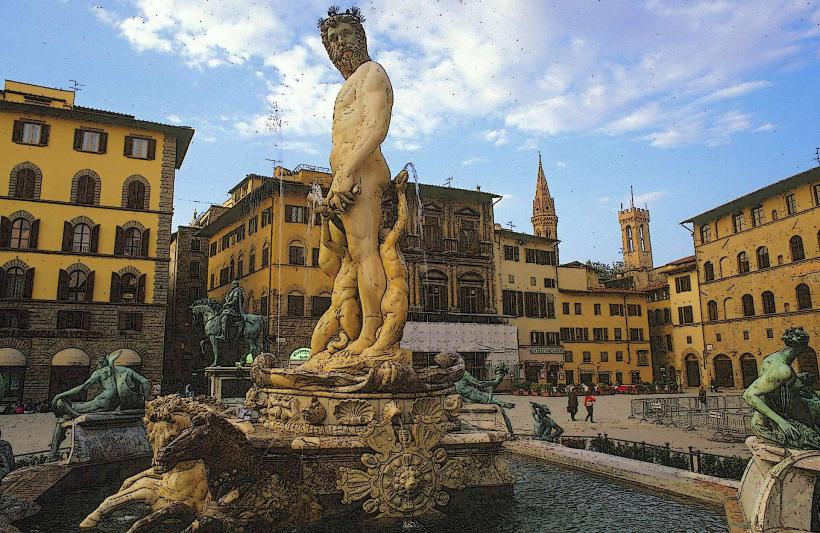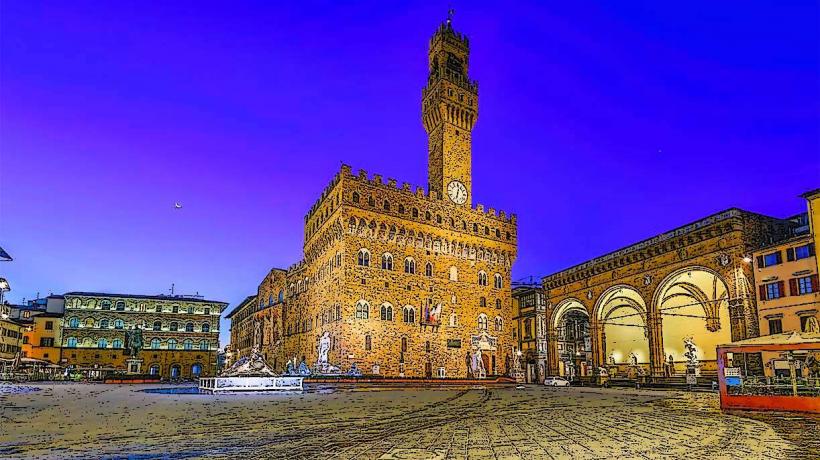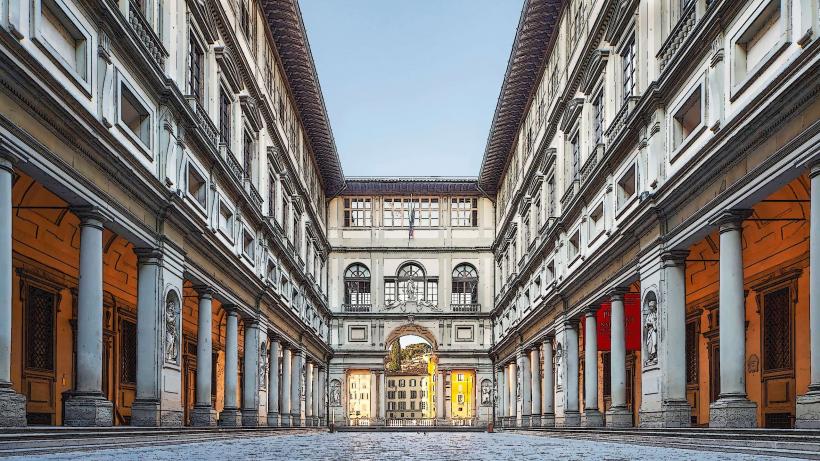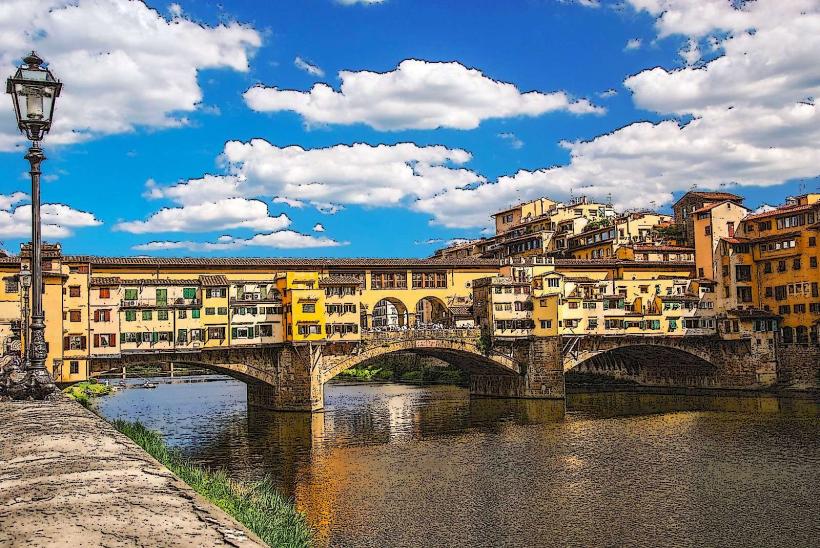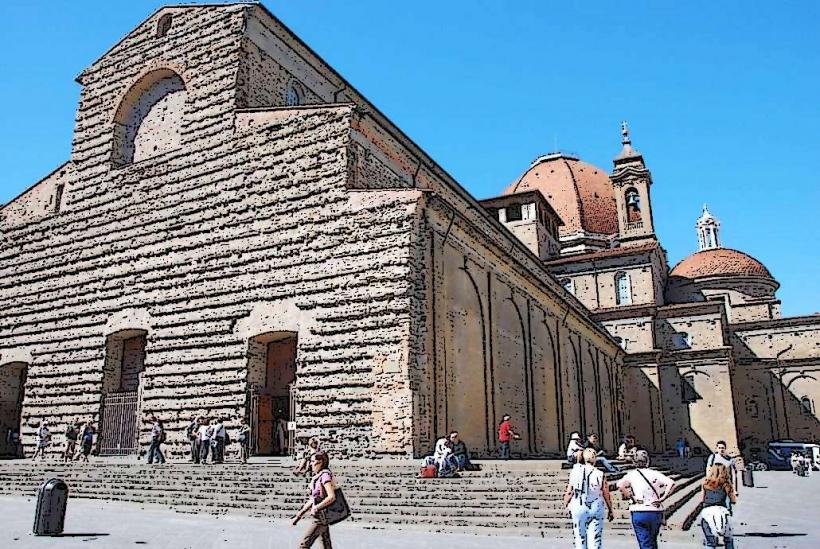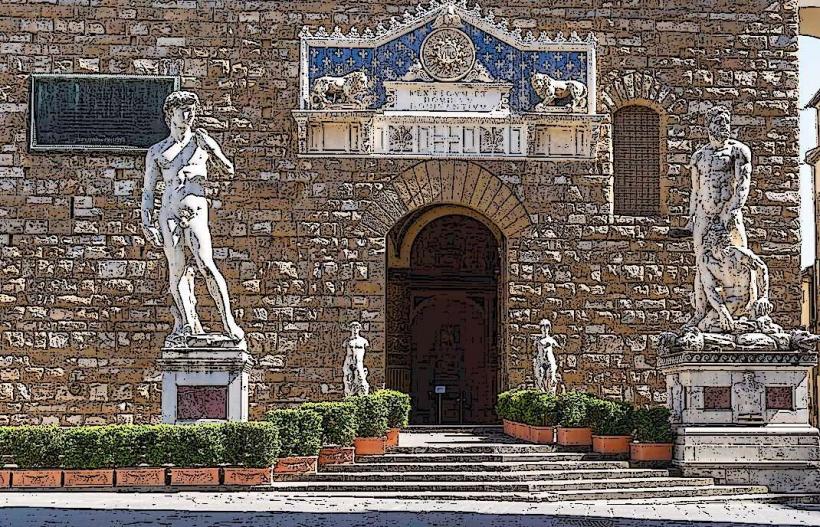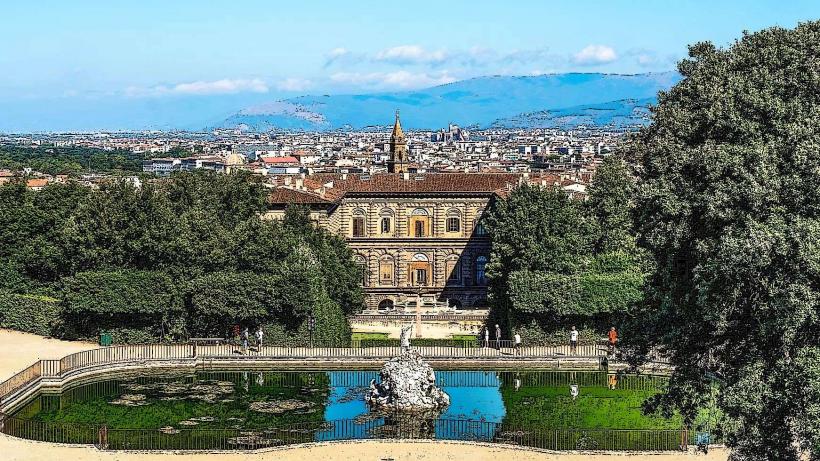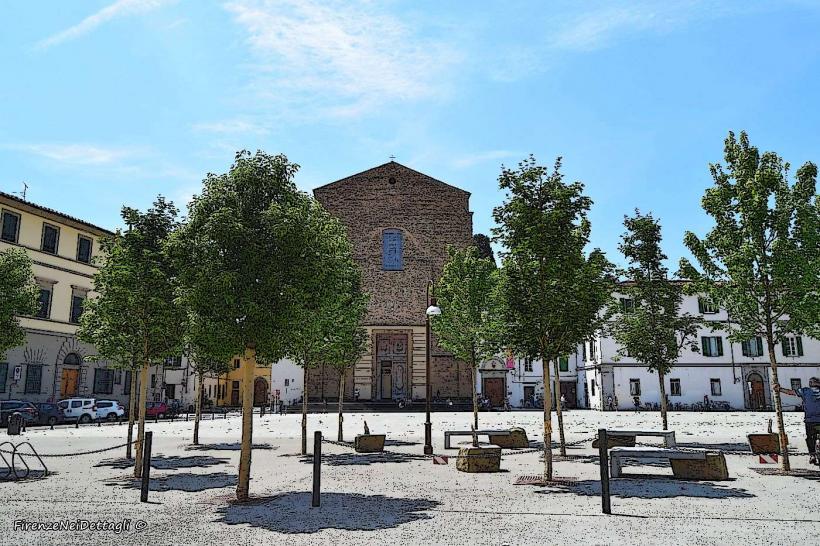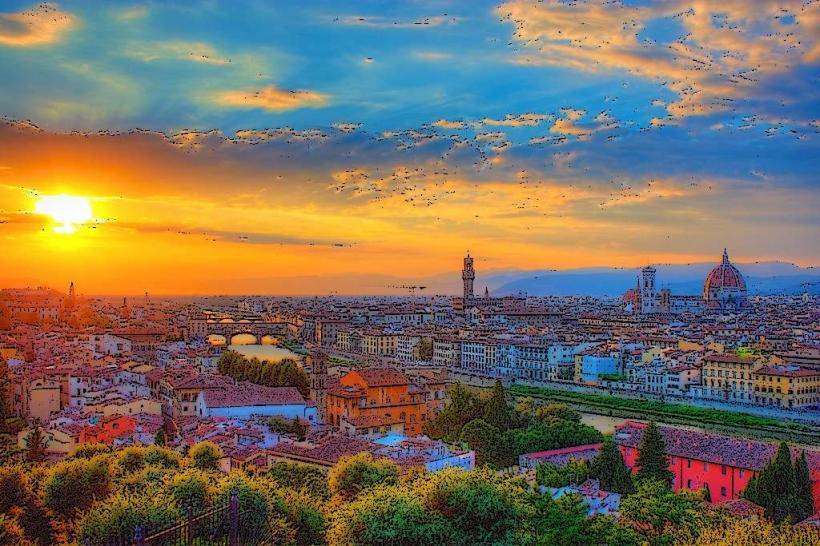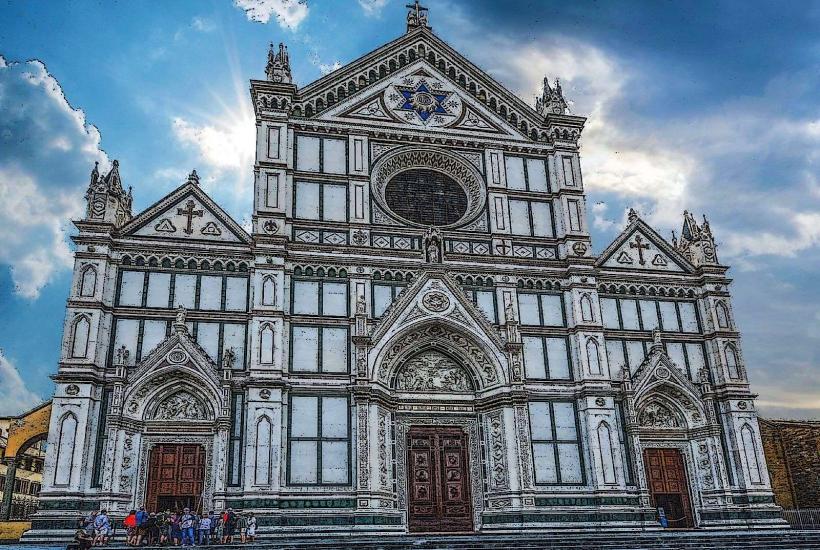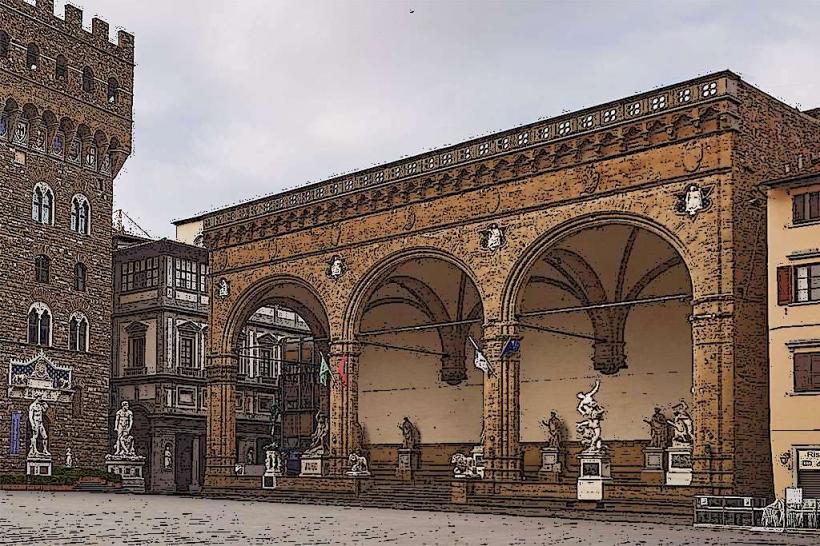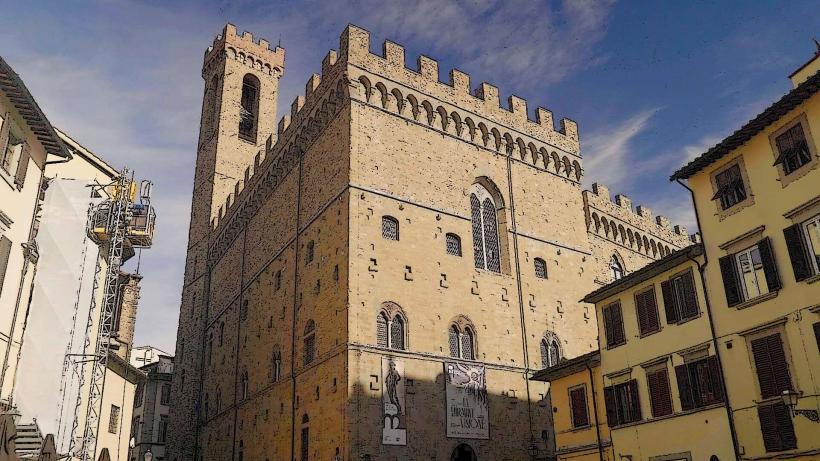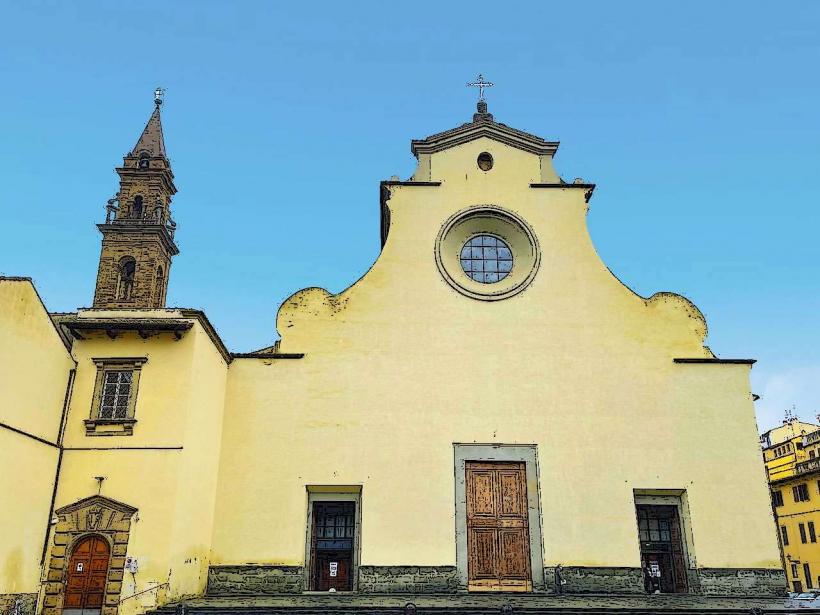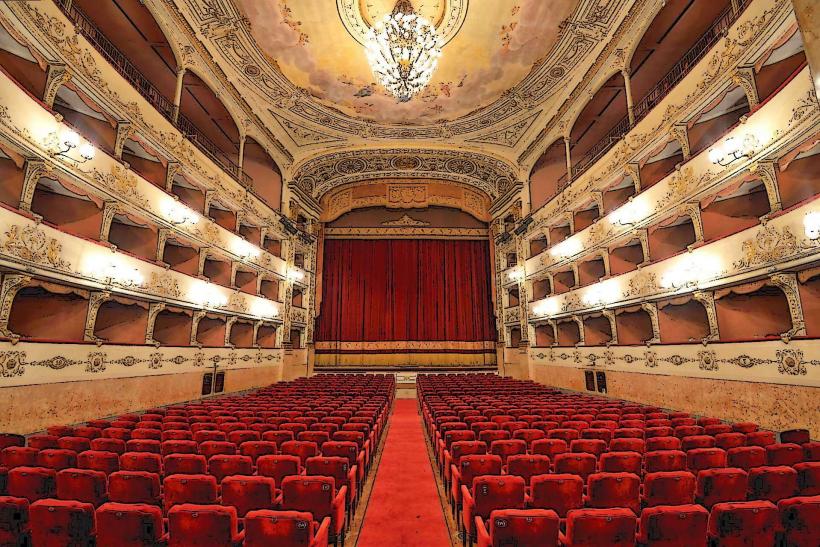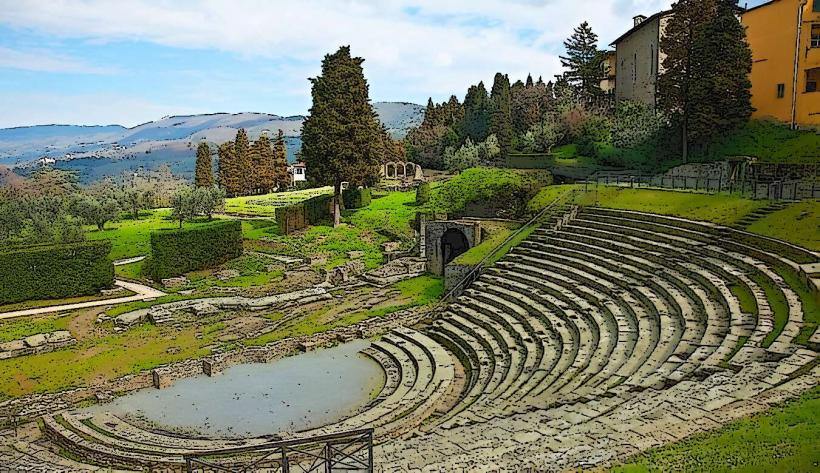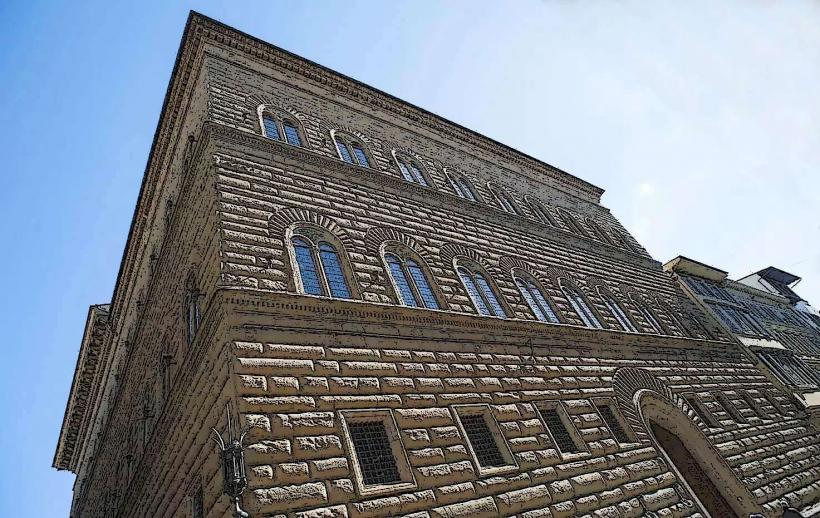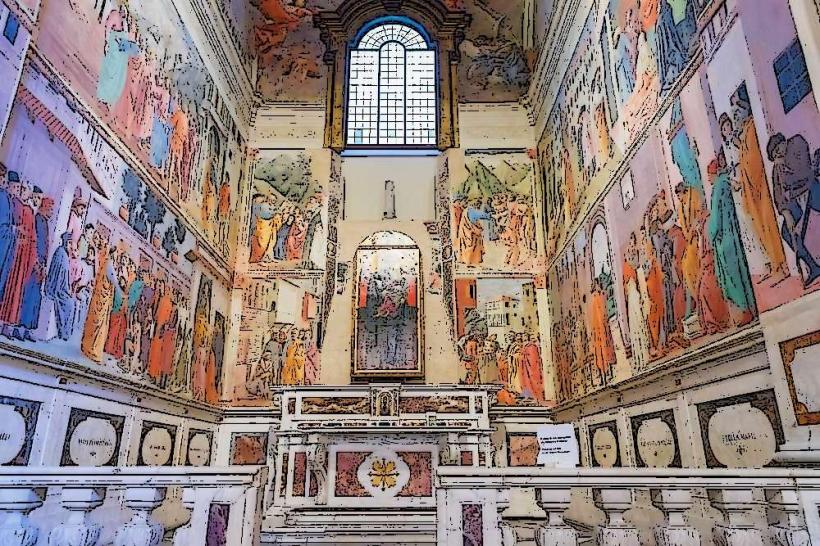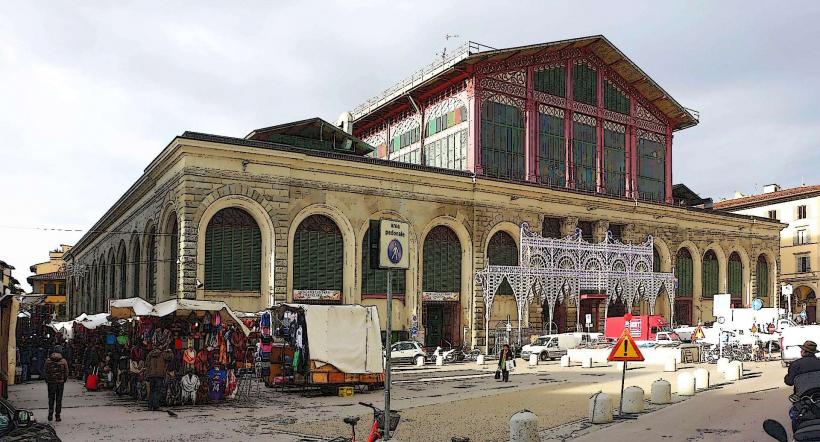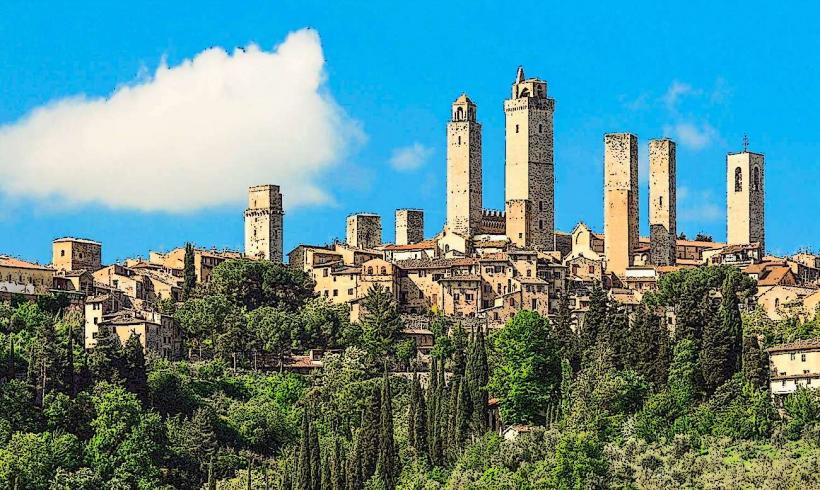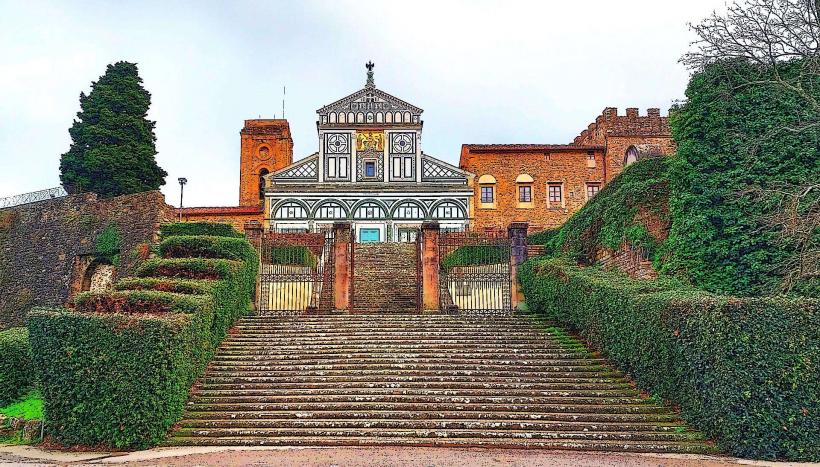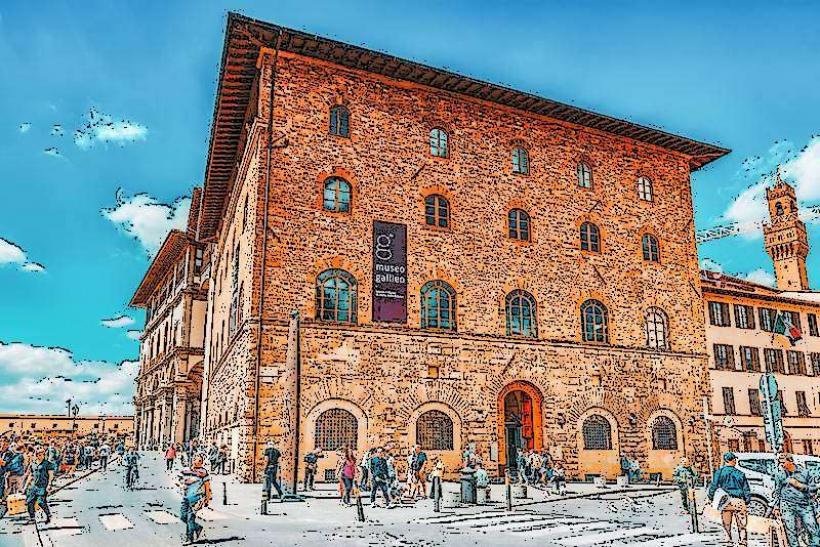Information
Landmark: Palazzo PittiCity: Florence
Country: Italy
Continent: Europe
Palazzo Pitti, Florence, Italy, Europe
Overview
Rising over the south bank of the Arno, the Palazzo Pitti-known in English as the Pitti Palace-stands among Florence’s most opulent and storied landmarks, in turn built in the 15th century, it was first the Medici family’s main home, then later housed the rulers of the Grand Duchy of Tuscany, including the Habsburg-Lorraine, whose crests still mark the stone archway.As you can see, Today, it’s home to a cluster of museums and galleries, where you’ll find some of Italy’s most treasured art and intricate decorative pieces, from painted ceilings to gilded frames, on top of that first.In 1458, Luca Pitti-a wealthy Florentine banker and political power-commissioned the palace, envisioning grand stone walls that would outshine his rivals’ homes, as a result pitti set his sights on a home that could outshine the Medici palaces, a area whose tall marble halls would proclaim his status to anyone who walked through the doors.Curiously, He hired Filippo Brunelleschi, renowned for the soaring dome of Florence Cathedral, though much of the work was probably handled by his assistant, Luca Fancelli, along with pitti poured so much into his grand vision that his fortune dried up, and when he died, the palace still stood with bare stone walls and empty rooms.In 1549, Eleanora di Toledo, wife of Cosimo I de’ Medici, bought the palace from the Pitti family, trading coins for its sunlit stone halls, in turn wanting distance from the city’s noise and crush of people, Eleanora expanded the palace and reshaped it into the sweeping estate we observe today.She also had the Boboli Gardens built, stretching out in green terraces just behind the palace, after that under the Medici’s rule, the palace buzzed with courtly banquets and tense political dealings, becoming the heart of Florence’s power, somewhat As it happens, Habsburg and Savoy Residence: In the 18th century, the Habsburg-Lorraine family took over the palace, and years later it housed the King of Italy when Florence, for a short spell, bustled as the nation’s capital, simultaneously in 1919, King Victor Emmanuel III handed the palace over to the Italian state, and before long its grand halls echoed with footsteps as it became a public museum.Number two, likewise the palace’s design reflects the Renaissance style, with its stern, fortress-like walls, rough-hewn stone facades, and perfectly balanced geometric lines.The first design was plain enough, but over the centuries the Medici added wing after wing, until the area stretched into a maze of airy courtyards and long echoing halls, not only that the Palatine Gallery’s main front stretches almost 200 meters along the Piazza de’ Pitti, rising in three tiers of massive rusticated stone and broad arched windows that seem to hold the sun in their deep shadows, giving the building a striking, imposing presence.Somehow, This façade captures the spirit of Florentine Renaissance palaces, its stone arches and balanced proportions later sparking ideas for grand European palace designs, moreover in the palace’s heart, Bartolomeo Ammannati shaped the courtyard and its airy loggias, weaving Renaissance grace with the bold curves of Baroque stone.People come to this courtyard for its towering stone arches, and it stands as one of Florence’s finest showcases of Renaissance design, in turn three.Today, the Palazzo Pitti houses a cluster of museums and galleries, each offering a different glimpse into Italy’s art, history, and decorative traditions, likewise in the Palatine Gallery, once the lavish royal apartments, walls glow with Renaissance and Baroque masterpieces from the Medici collection, to some extent Among the highlights are paintings by Raphael, Titian, Rubens, and Caravaggio, their colors still glowing as if the paint were fresh, alternatively the artworks fill lavish rooms draped in gold ceilings, vivid frescoes, and carved chairs, keeping alive the Medici court’s air of opulence.The Royal Apartments once housed the Habsburg-Lorraine and Savoy families, their rooms filled with polished wood and echoes of quiet footsteps, along with step inside and you’ll catch a glimpse of Florence’s rulers at home-polished walnut chairs, rich tapestries, and ornate details that trace the shifting tastes of Europe’s aristocracy.You’ll find the Throne Room and the glittering Hall of Mirrors, both dressed in rich Baroque and Rococo detail, as a result gallery of Modern Art: Step inside to find Italian masterpieces from the 18th through the early 20th century, from cool marble Neoclassical statues to sunlit Impressionist canvases, with Romantic works in between.The collection features works by the Macchiaioli painters-an Italian movement that paved the way for Impressionism-alongside sculptures and ornate objects from the era of Italian unification, like a bronze bust with a faint green patina, moreover silver Museum (Museo degli Argenti): Inside, you’ll find glittering cases of Medici treasures-jewelry, ornate silverware, fine porcelains, and other lavish pieces once handled by the family themselves.Each room in the museum feels like a work of art, its walls alive with frescoes that tell allegorical stories, on top of that this collection offers a vivid glimpse into the Medici family’s lavish world-the silk-lined halls, the jeweled goblets, and the refined tastes that shaped their lives.The Museum of Costume and Fashion, tucked inside the Palazzina della Meridiana wing, showcases garments and accessories spanning from rich 16th-century silks to today’s modern designs, then one of Italy’s rare fashion museums, it displays gowns once draped over Florence’s nobility alongside sleek, modern couture.Porcelain Museum: Tucked inside the Casino del Cavaliere in the Boboli Gardens, this museum showcases a rich array of European porcelain-from Meissen teacups to Sèvres vases and Vienna figurines-once gifted by royalty to the Medici and Lorraine families, in addition number four stood on the page, a petite black mark waiting for its turn.Tucked behind the palace, the Boboli Gardens stand as one of the finest showcases of Italian Renaissance design, with gravel paths winding past carved stone fountains, not only that the Medicis once kept them as a private garden, where citrus trees scented the air, before finally opening the gates to everyone.Spread across 111 acres, the gardens hold classical sculptures, trickling fountains, and cool stone grottos, all set on terraces that open to sweeping views of Florence, along with five.The Palazzo Pitti’s influence reaches far beyond Florence, shaping the design of grand European palaces-Versailles, with its sweeping marble halls, is the most famous example, therefore its sweeping architecture and manicured gardens set the tone for later European royal palaces, from gilded halls to quiet stone fountains.The palace’s art collections-most notably the Palatine Gallery-hold some of the finest Italian Renaissance and Baroque paintings, from rich gold-framed portraits to sweeping biblical scenes, securing its venue as one of Italy’s cultural treasures, consequently number six, partially You’ll find it in Florence’s Oltrarno district, just across the Arno’s unhurried green water, equally important museum hours vary, and so do ticket prices, but you can grab a combo pass for the Pitti Palace museums and the Boboli Gardens.It’s best to book ahead-especially during peak season when spots fill rapid, then guided tours dive deep into the palace’s history, art, and meaning, bringing to life the stories behind its treasures.Funny enough, In the end, the Palazzo Pitti stands as a towering symbol of the Medici’s power and Florence’s rich cultural legacy, as well as the galleries lead you through centuries of Italian art, while the building’s graceful arches and sunlit gardens create a setting rich in history and timeless beauty.Step inside the Palazzo Pitti and you’ll wander through gilded halls, centuries of Florentine art, and echoes of aristocratic life-an experience that makes it a must-detect in Florence.
Author: Tourist Landmarks
Date: 2025-08-19

